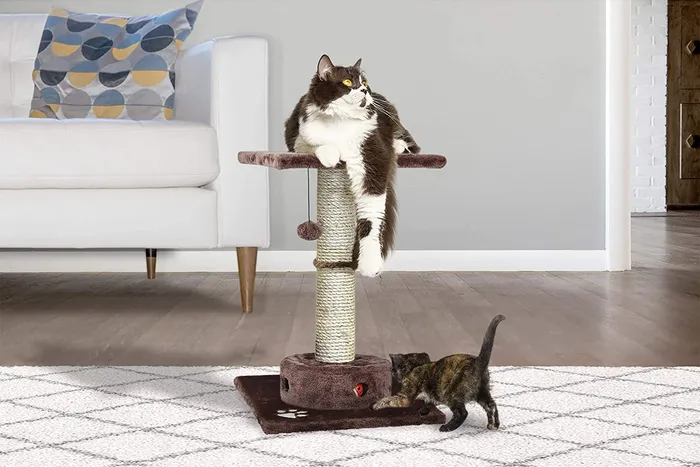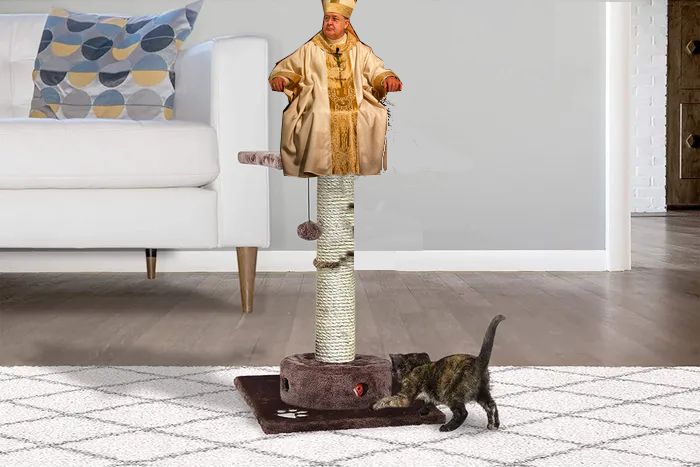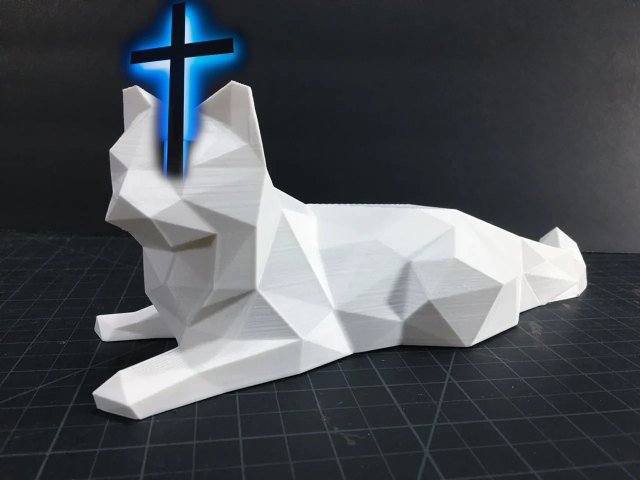Mark Dominus (陶敏修)
mjd@pobox.com

Archive:
| 2025: | JFMAMJ |
| JAS | |
| 2024: | JFMAMJ |
| JASOND | |
| 2023: | JFMAMJ |
| JASOND | |
| 2022: | JFMAMJ |
| JASOND | |
| 2021: | JFMAMJ |
| JASOND | |
| 2020: | JFMAMJ |
| JASOND | |
| 2019: | JFMAMJ |
| JASOND | |
| 2018: | JFMAMJ |
| JASOND | |
| 2017: | JFMAMJ |
| JASOND | |
| 2016: | JFMAMJ |
| JASOND | |
| 2015: | JFMAMJ |
| JASOND | |
| 2014: | JFMAMJ |
| JASOND | |
| 2013: | JFMAMJ |
| JASOND | |
| 2012: | JFMAMJ |
| JASOND | |
| 2011: | JFMAMJ |
| JASOND | |
| 2010: | JFMAMJ |
| JASOND | |
| 2009: | JFMAMJ |
| JASOND | |
| 2008: | JFMAMJ |
| JASOND | |
| 2007: | JFMAMJ |
| JASOND | |
| 2006: | JFMAMJ |
| JASOND | |
| 2005: | OND |
Subtopics:
| Mathematics | 245 |
| Programming | 99 |
| Language | 95 |
| Miscellaneous | 75 |
| Book | 50 |
| Tech | 49 |
| Etymology | 35 |
| Haskell | 33 |
| Oops | 30 |
| Unix | 27 |
| Cosmic Call | 25 |
| Math SE | 25 |
| Law | 22 |
| Physics | 21 |
| Perl | 17 |
| Biology | 16 |
| Brain | 15 |
| Calendar | 15 |
| Food | 15 |
Comments disabled
Sat, 14 May 2022
A while back I wrote a shitpost about octahedral cathedrals and in reply Daniel Wagner sent me this shitpost of a cat-hedron:
But that got me thinking: the ‘hedr-’ in “octahedron” (and other -hedrons) is actually the Greek word ἕδρα (/hédra/) for “seat”, and an octahedron is a solid with eight “seats”. The ἕδρα (/hédra/) is akin to Latin sedēs (like in “sedentary”, or “sedate”) by the same process that turned Greek ἡμι- (/hémi/, like in “hemisphere”) into Latin semi- (like in “semicircle”) and Greek ἕξ (/héx/, like in “hexagon”) into Latin sex (like in “sextet”).
So a cat-hedron should be a seat for cats. Such seats do of course exist:

But I couldn't stop there because the ‘hedr-’ in “cathedral” is the same word as the one in “octahedron”. A “cathedral” is literally a bishop's throne, and cathedral churches are named metonymically for the literal throne they contain or the metaphorical one represent. A cathedral is where a bishop has his “seat” of power.
So a true cathedral should look like this:

[Other articles in category /lang/etym] permanent link



